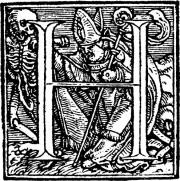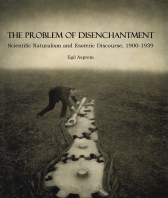
The Temple of the Rosy Cross, figure designed by Theophilus Schweighardt Constantiens (Speculum Sophicum Rhodostauroticum, 1618). This version courtesy of Ouroboros Press (2012).
This year marks the 400th anniversary of one of the most influential mythemes in the history of Western esotericism: that of the Order of the Rosicrucians. More precisely, it is now 400 years since a mysterious pamphlet entitled Fama Fraternitatis was published in Kassel. Purporting to be a communication from an unknown society founded by a medieval German monk, Christian Rosenkreutz (after travels in the Orient, of course), the Fama sparked a great furor across Europe about a powerful brotherhood working in secret to push a universal reformation of religion, science and philosophy that would usher in a new age. While the text made clear that no true Rosicrucian would ever admit to being one, the publisher immediately started receiving letters asking about where to sign up. True to their word, however, the real Rosicrucians failed to step up. But by the end of the century, people started forming their own Rosicrucian Orders, and the story of the secret society was stepping out of the realm of fiction and into the realm of fact. By now such societies are counted by the dozens. (At least – I haven’t actually counted them, but be my guest!)









